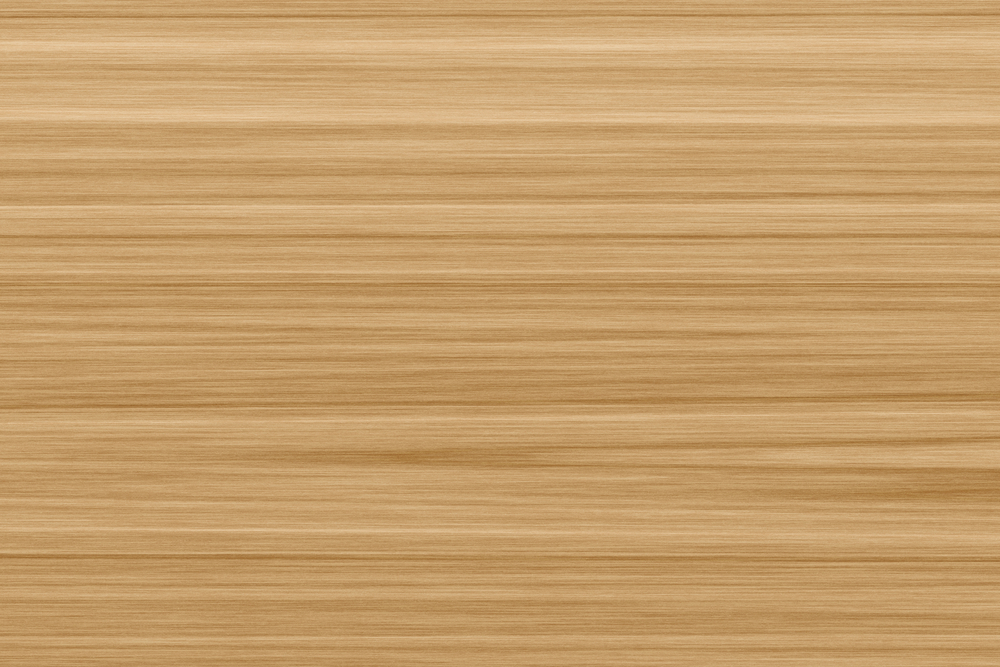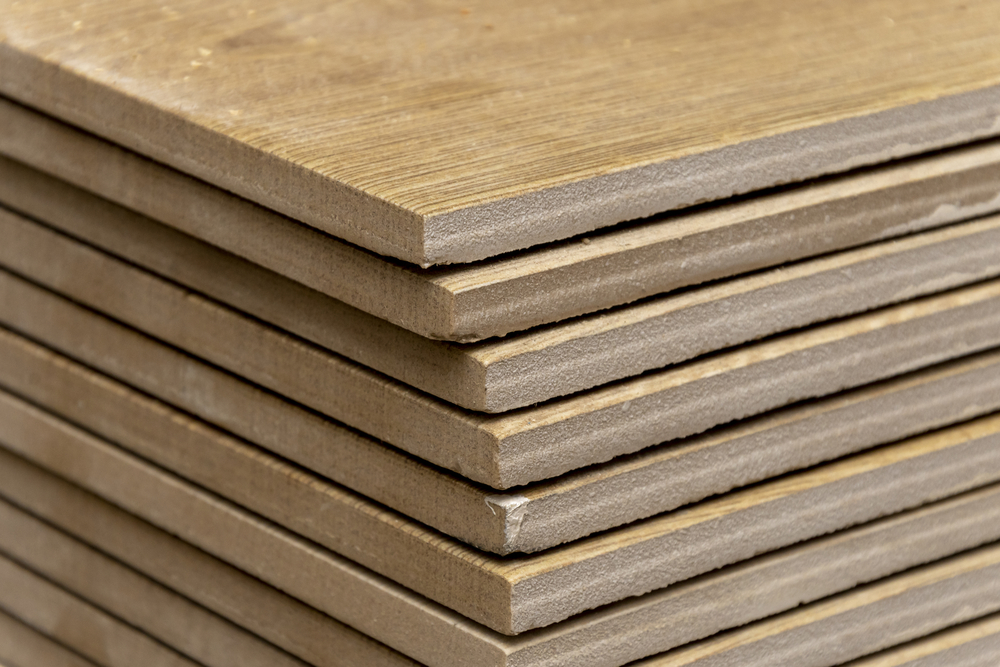Radiata pine plywood, derived from radiata pine, possesses several advantages and a range of disadvantages. It is used for furniture, cabinets, shelving, and underlayment.
Pros of Radiata Pine Plywood
✔ Budget-Friendly – Costs less than hardwood plywood, making it an excellent choice for cost-conscious projects.
✔ Easy to Cut and Build With – Soft and lightweight, making cutting, shaping, and assembling straightforward.
✔ Smooth and Even Surface – Provides a clean, uniform look, ideal for furniture and cabinets.
✔ Great for Painting – Holds paint well for a polished, professional finish.
✔ Works for Many Projects – Used for furniture, cabinets, shelves, and home construction.
Cons of Radiata Pine Plywood
✘ Not as tough as hardwood – It is more likely to dent and scratch, so it’s not ideal for heavy-duty use.
✘ Absorbs Moisture Easily – Can warp or rot if not sealed properly.
✘ Natural Knots and Imperfections – Some pieces may have knots or blemishes that affect appearance and strength.
✘ Hard to Stain Evenly – The wood’s natural grain can make staining tricky.
✘ Quality Can Vary – Some boards are more potent than others, depending on how they are made.
Can Radiata Pine Plywood Handle Moisture?
This wood soaks up moisture on its own, which can cause warping and decay. However, applying a waterproof sealant or using treated versions can make it more durable in damp areas.
Is Radiata Pine Plywood Strong?
It’s strong enough for furniture, cabinets, and even home construction, but it’s not as tough as hardwood. Strength can also vary, so selecting high-quality boards is essential.
Advantages:
-
Cost-Effective: Radiata pine plywood tends to be more affordable than other hardwood plywood options, making it a budget-friendly choice for projects.
-
Easy to Work With: Its softwood nature makes cutting, shaping, and manipulating easier, allowing for simpler construction processes.
-
Uniformity: Typically offers more consistent grain patterns than other types of wood, resulting in a smoother finish for furniture and cabinets.
-
Paintability: Due to its smooth surface and consistent texture, radiata pine plywood is ideal for painting, providing a good base for achieving desired colors and finishes.
-
Versatility: Due to its strength and durability, it can be used for a wide range of applications, including furniture, cabinets, shelving, and underlayment.
Disadvantages:
-
Softwood Properties: As a softwood, radiata pine plywood is more prone to dents, scratches, and wear than hardwood options, making it less suitable for high-traffic areas or heavy-duty applications.
-
Susceptibility to Damage: Its soft nature also makes it more vulnerable to damage from moisture, impact, and other environmental factors, reducing its longevity if not adequately treated or maintained.
-
Knots and Defects: These may contain knots and other natural defects that can affect its appearance and structural integrity. Careful selection of stock is required to avoid issues with finished products.
-
Limited Stain Options: While suitable for painting, staining radiata pine plywood can be challenging due to its inherent grain patterns and resin content, resulting in less predictable outcomes compared to hardwoods.
-
Strength Range: The strength can vary depending on the quality of the wood and the manufacturing process, leading to inconsistencies in performance for different applications.
Is Radiata Pine Water-Resistant?
Radiata pine is not inherently water-resistant like some hardwoods or treated lumber. It’s a softwood that tends to absorb moisture more readily than hardwoods, leading to swelling, warping, and decay if exposed to water for prolonged periods without proper treatment or sealing.
However, radiata pine can be made more water-resistant through various treatment methods, such as pressure-treating with water and stain-repellent chemicals or applying waterproof finishes. These treatments can significantly improve its resistance to moisture, making it more suitable for use in environments where it may be exposed to occasional dampness or humidity.
Ultimately, radiata pine can be made somewhat water-resistant with proper treatment. It’s important to note that it may still not be as naturally resistant as some other wood species or engineered materials explicitly designed for high-moisture environments.
Is Radiata Pine Plywood Strong?
Radiata pine has a moderate to high density compared to other softwoods, contributing to its strength. However, it’s still less dense than many hardwoods. However, it has decent strength properties, including good stiffness and bending strength. It’s often used in construction for framing, sheathing, and other structural applications.
Also, the strength of radiata pine can vary depending on factors like growth conditions, tree age, and processing methods. It’s typically graded based on strength and appearance, with higher grades reserved for stronger, more uniform boards.
Summary
Radiata pine plywood is an excellent choice if you need an affordable, easy-to-use material for furniture, shelving, or home projects. Just be mindful of its softness and need for sealing in damp areas. However, it also has limitations, such as susceptibility to damage and the presence of knots and defects. Careful consideration of these factors is essential when selecting for specific applications.






